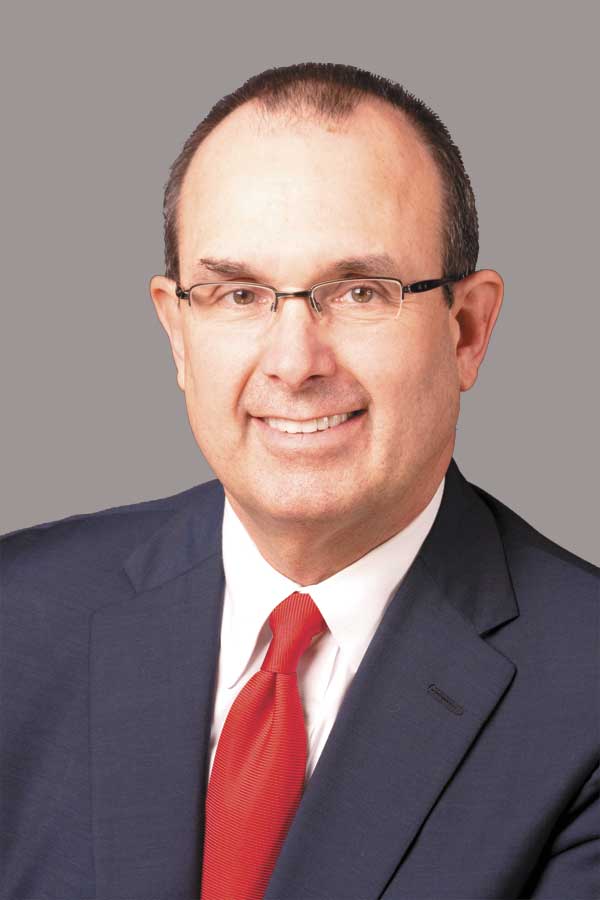
Cornelius Chief of Police Bence Hoyle, Dr. Jason Mutch and Debbie Dalton talk at the Opioid Newsmakers Breakfast
With more than 42,000 Americans dead from opioid-related overdoses in 2016—40 percent of the deaths involved prescription painkillers—prescient employers are taking steps to prevent opioid misuse and addiction.
The opioid crisis cost the economy $95 billion in 2016, with $21.4 billion spent on treating patients who suffer from opioid abuse, a new analysis from Altarum found.
“We are seeing an unprecedented number of overdoses,” said Cornelius Police Chief Bence Hoyle. “The key is to regulate and educate.”
Meanwhile, more companies are reporting a shortage of job candidates ready, willing and able to take pre-screening drug tests.
Zero-tolerance abuse policies are less common: The National Safety Council (NSC) says about two-thirds of all U.S. companies have established Employee Assistance Programs.
“This is not an inner city issue anymore” said Dr Jason Mutch, Medical Director of Novant’s Huntersville Emergency Department. “These drugs are being used throughout the community and its really impacting on our emergency medical services.”
In 2017, Novant Health System treated more than 11,000 patients diagnosed with opioid use disorder.
During the same time, 345 patients with opioid use disorder were treated at Huntersville Medical Center.
In light of the opioid epidemic, employers are revisiting workplace drug policies. The NSC survey found that the vast majority of U.S. employers missed critical elements in their workplace drug policies, ranging from prescription drugs at work to rules around returning to work.
More than 115 people in the US die every day after overdosing on opioids, according to the Centers for Disease Control.
The economic impact of prescription misuse is $78.5 billion a year, including the cost of healthcare, lost productivity, addiction treatment and criminal justice involvement.
Drugs such as Fentanyl are powerful, yet cheap to manufacture. It is used legally in medical anesthesia functions but most of the drugs found on the street are made illegally, out of the country, and then used to lace other recreational drugs at lethal doses.
According to the Kaiser Family Foundation, average inpatient cost for opioid drug treatment totaled $16,104 per year, up from $5,809 since 2004. Programs to help workers better understand substance use disorder and to diminish the stigma associated with this condition are strongly recommended.
More than 75 percent of the people who died from opioid-related overdoses in Massachusetts were employed. Interestingly, nearly a quarter of those deaths were construction workers.

NC SEN JEFF TARTE
NC Sen. Jeff Tarte, who attended the breakfast, said Senate Bill 616, known as the Heroin and Opioid Prevention and Enforcement Act, seeks to strike the correct balance between overuse of these drugs and the legitimate needs of chronic pain patients. Portions of the bill went into effect July 1, while the remainder will be effective on July 1, 2019.
Moreover, there’s absolutely no “quality control,” said Cornelius Police Chief Bence Hoyle, who was part of a Newsmakers Breakfast on the opioid crisis in August, along with Mutch and Debbie Dalton, founder of Hunter Dalton HDLife Foundation. She and her husband Randy lost their son Hunter to an accidental overdose almost two years ago.
“Students are still not hearing about these dangerous drugs in the schools. We need to broaden our education programs and we need to do it now,” she said.
Dalton received the North Carolina Attorney General’s Dogwood Award recently in Raleigh. Dalton was one of 16 recipients, given annually to honor people who help others.

Discussion
No comments yet.